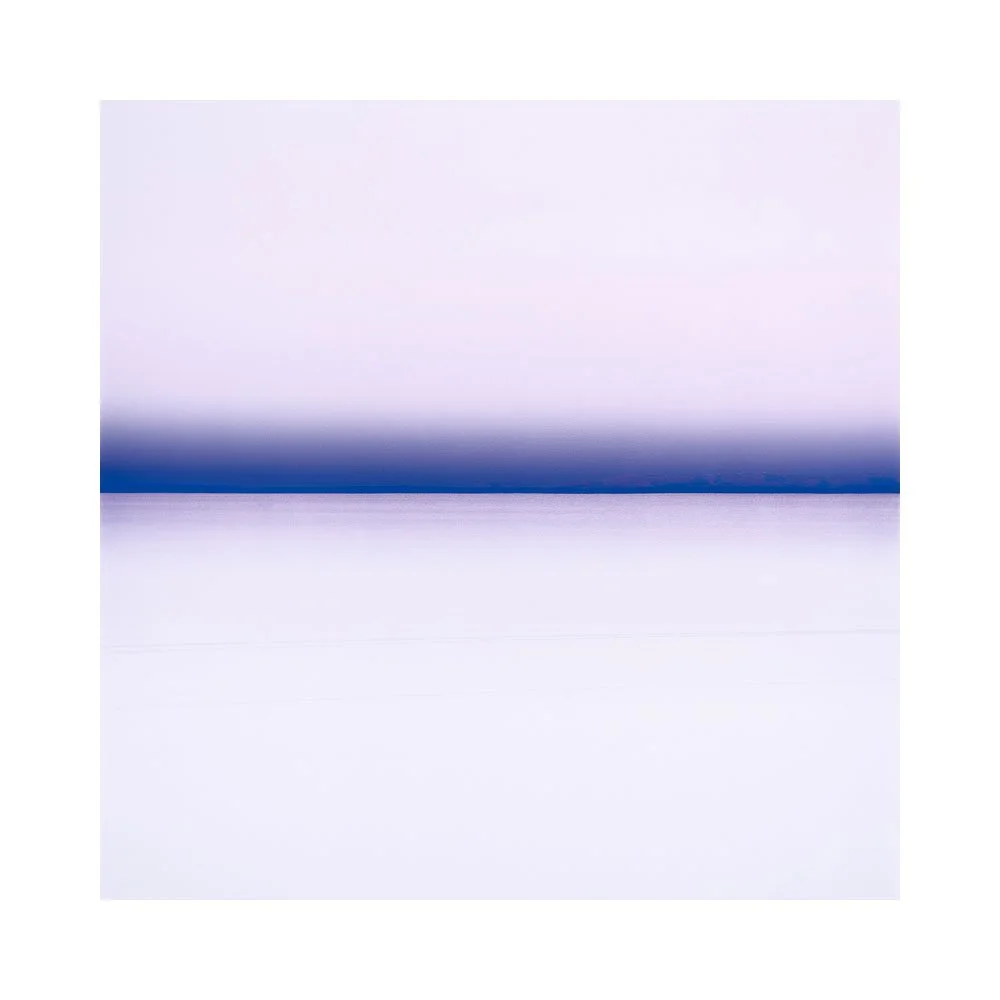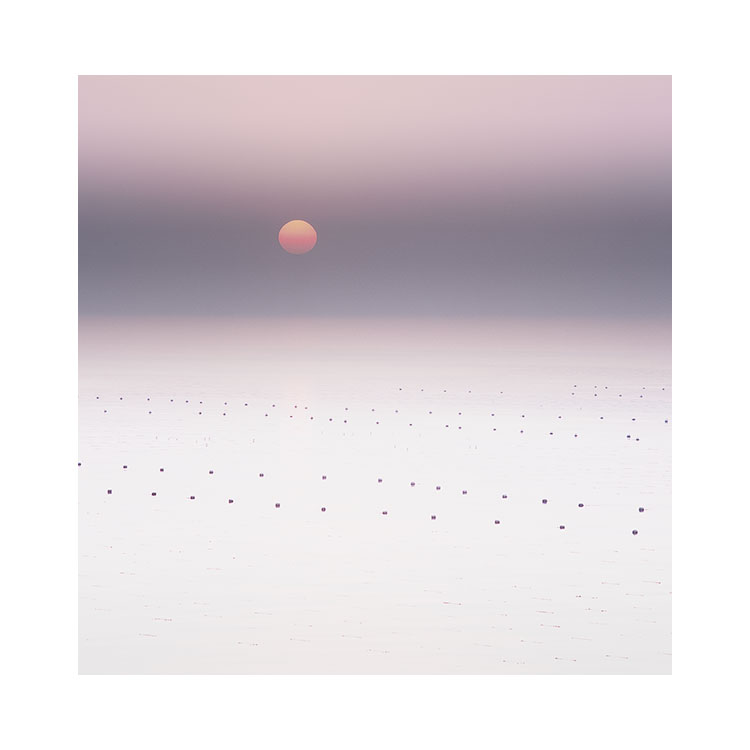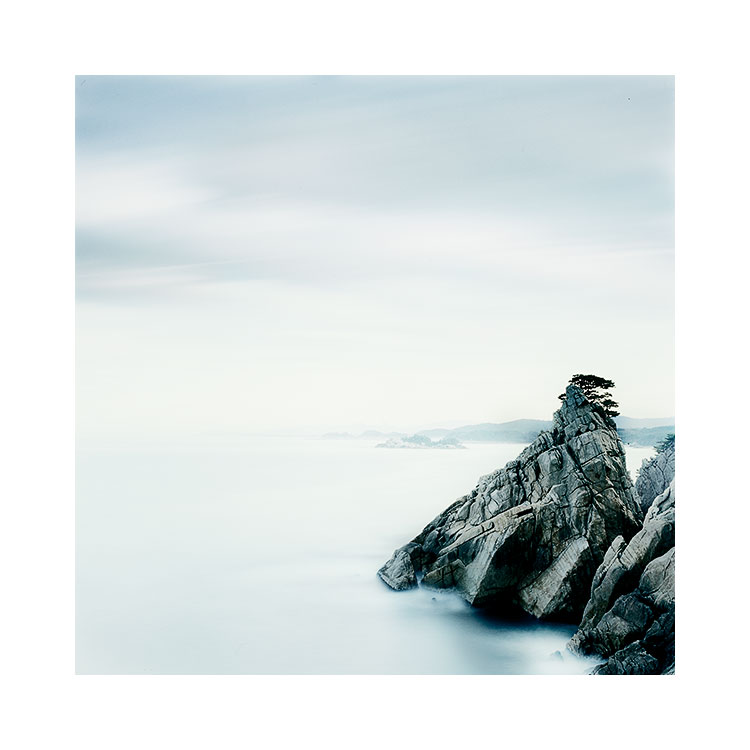Osmosis
the process of gradual or unconscious assimilation of ideas
I feel that my latest images from Bolivia are really the result of cumulative visits over a fourteen year period. I couldn’t have produced this set of images on my first attempt fourteen years ago sure, because I was a different photographer back then. But at the same time, even turning up now, knowing what I know, I don’t think the work would be the same. I am sure that the previous fourteen years have provided time for my unconscious mind to assemble and process what I’ve seen / felt / experienced coming to the altiplano repeatedly over so many years.
Yesterday I wrote about the importance of not discarding a landscape too quickly. I hear people say all the time ‘I’m done here’, or ‘I won’t be going back as I didn’t find much there’. Often times, the reason why the landscape offered little has more to do with our own lack of ability than anything. Or we simply fail to understand that some landscapes don’t reveal their best work immediately. Some require a lot of work, and some you need to coax the best you can get out of them over an extended period of time.
Osmosis can only happen if you keep returning. Even for landscapes we love and feel we’ve reached the end of the road with. I am aware that there have been occasions where I felt I couldn’t find anything new to shoot in Bolivia because I had been going for so long. In these circumstances I often find a hiatus of a few years can help me return with a fresh perspective. Either way, assuming that your work with a landscape is done, is a limited and self-restricting view.
‘Sometimes when I think I can’t go any further,
I discover a few years later that I had only really just begun’
For me, Bolivia has been, and still is a teacher. It has shown me how to get more clarity in my work over the years and how to push the envelope in simplifying my compositions. Even though I thought maybe five years ago or so that I had reached the end of the runway with this landscape.
This year, I felt the work had moved to something a bit more abstract and minimalist than I had achieved previously. All I know is that I’ve had many different phases in my relationship with the Bolivian landscape and this new work from this year has confirmed that there is still mileage to be found in a familiar place.
Tthere has been a process of osmosis at play in my photography from the very beginning. I feel most of us greatly underestimate that the invested time we spend in a landscape - even one we find difficult, contributes to our development and learning. Bolivia is just one of the sub-plots in my work and by looking at it in isolation, I have been able to see clearly that it has had an impact on the other locations I visit.
‘my experiences of a landscape not only affect it,
but also spill over to affect every other landscape I spend time with
It is all encompassing and cumulative, it all feeds back into itself.’
Landscapes that I have found challenging, or limited can be learning experiences. I am aware through my repeated visits to Bolivia that my relationship with this landscape has fluctuated like any other relationship. Sometimes I’ve felt I’ve hit a wall, other times I have felt progress. No matter what, I still keep returning. I still keep turning up. Because to discard a landscape because I found very little there is self-defeating and ultimately self-restrictive to my photography.







































